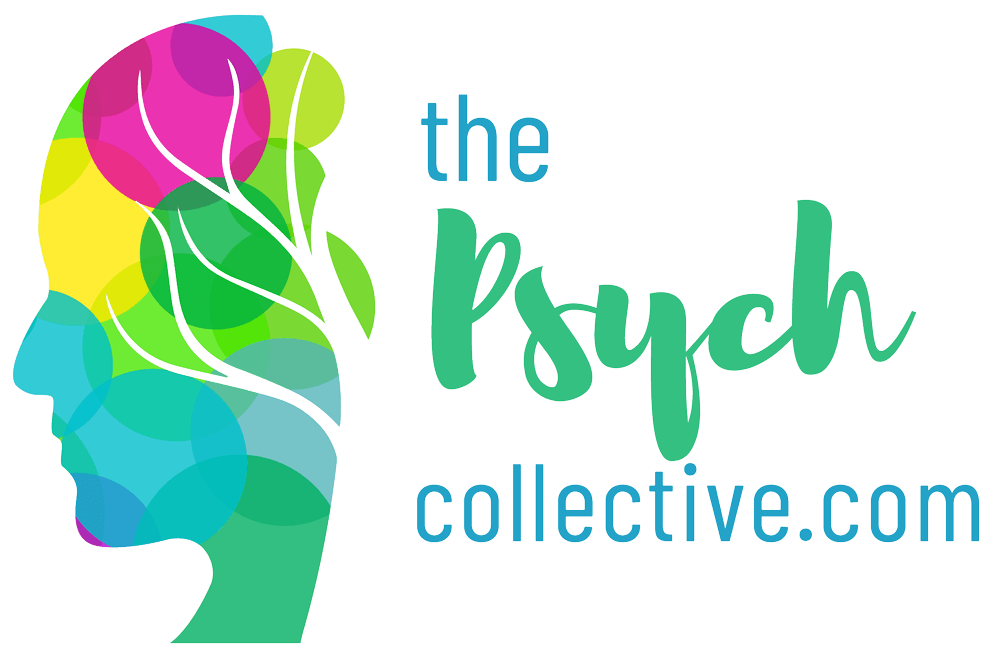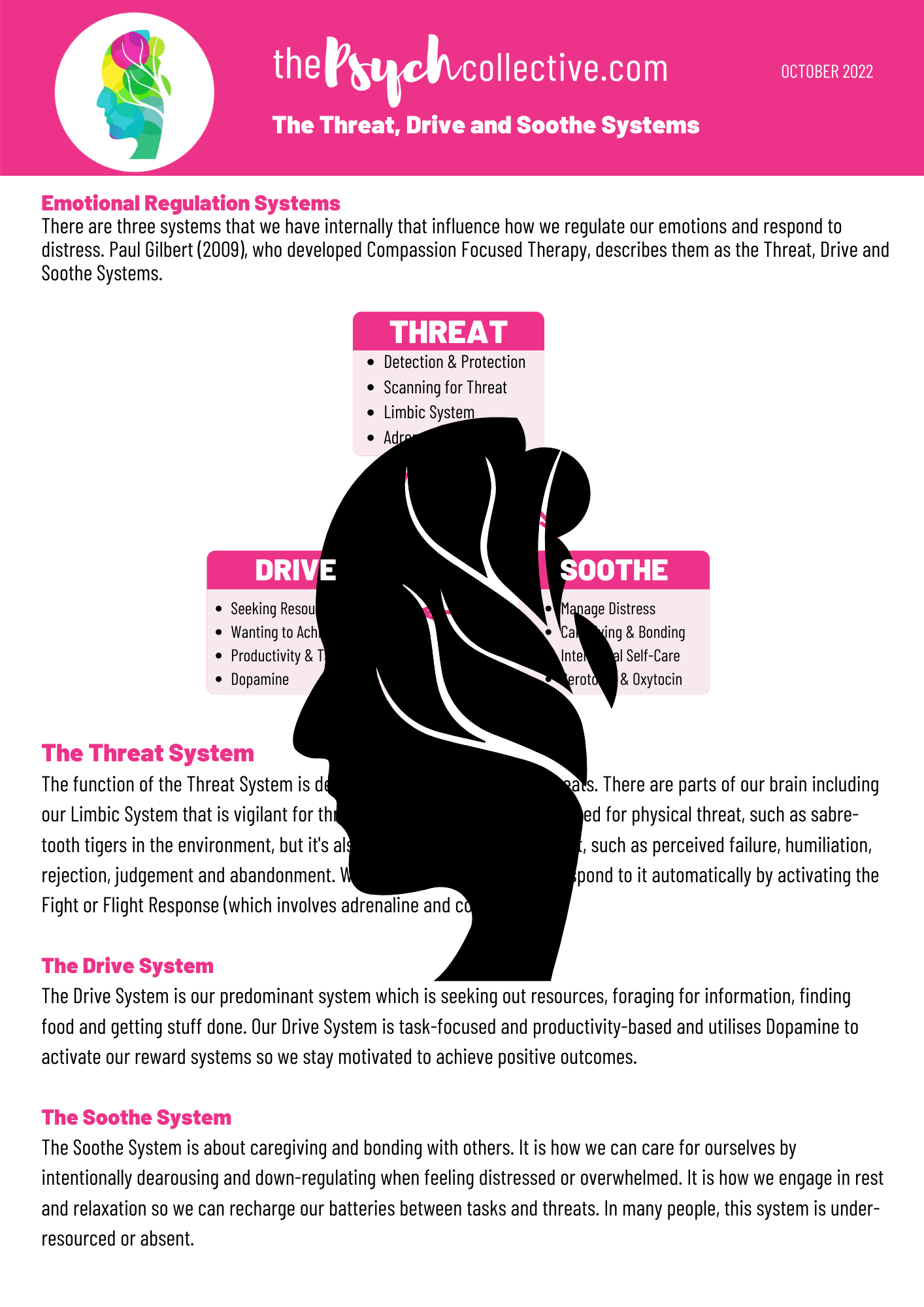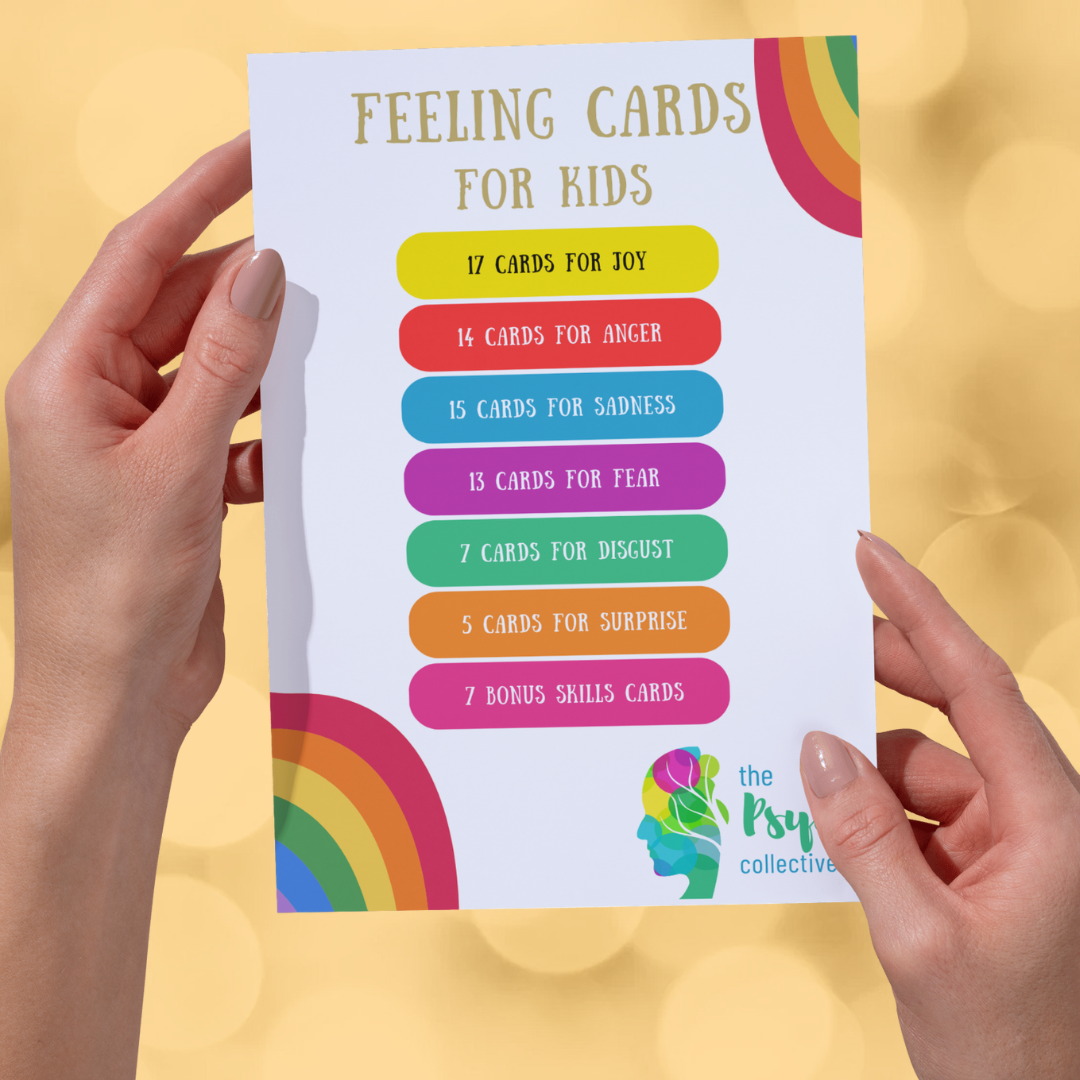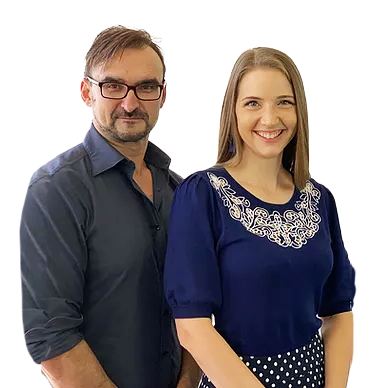The Threat Drive Soothe Systems
How to Prevent Burnout
There are three systems that we have internally that influence how we regulate our emotions and respond to distress. Paul Gilbert (2009), who developed Compassion Focused Therapy, describes them as the Threat, Drive and Soothe Systems.
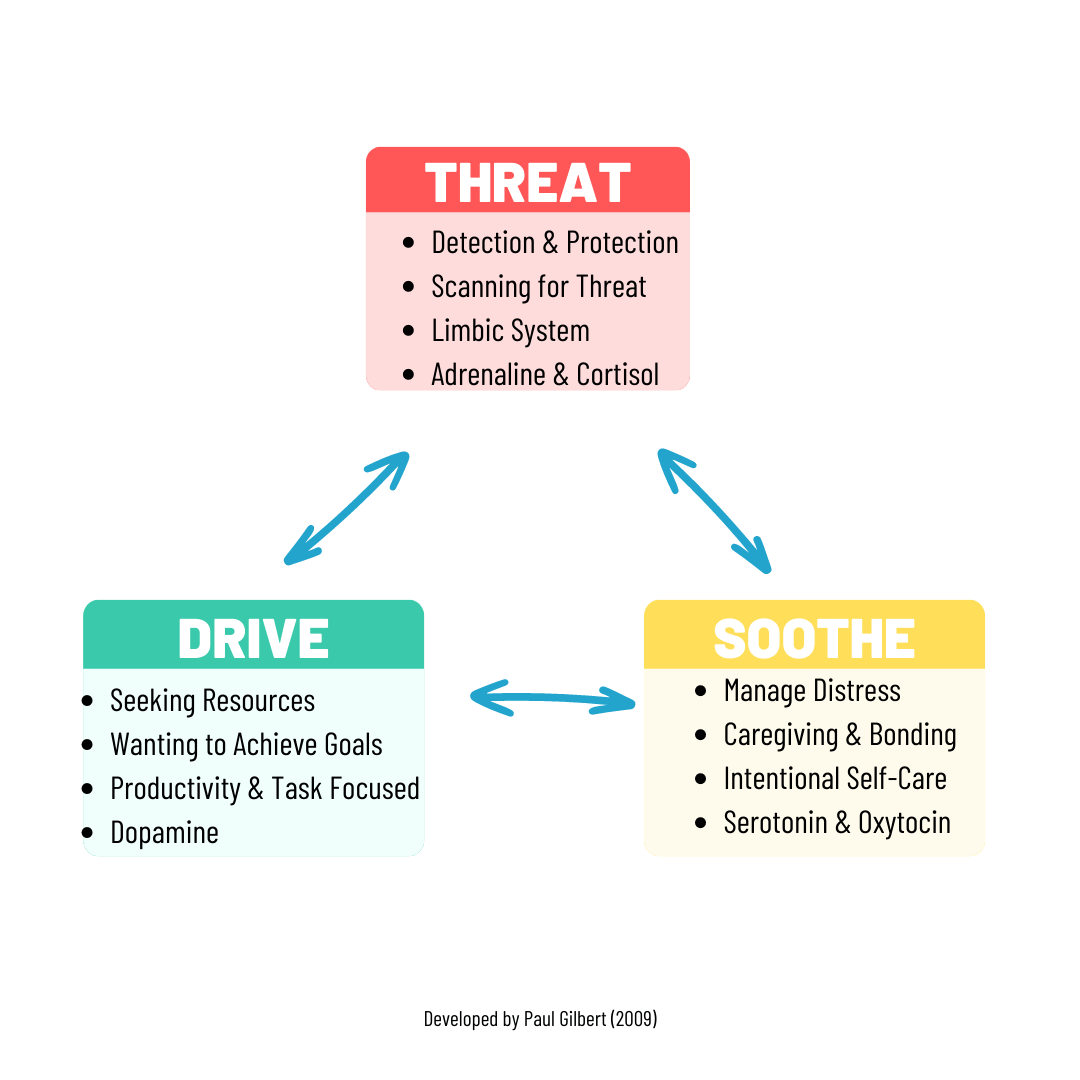
The Threat System
The function of the Threat System is detection and protection from threats. There are parts of our brain including our Limbic System that is vigilant for threats. It is predominately developed for physical threat, such as sabre-tooth tigers in the environment, but it's also used for psychological threat, such as perceived failure, humiliation, rejection, judgement and abandonment. When we detect a threat, we respond to it automatically by activating the Fight or Flight Response (which involves adrenaline and cortisol).
The Drive System
The Drive System is our predominant system which is seeking out resources, foraging for information, finding food and getting stuff done. Our Drive System is task-focused and productivity-based and utilises Dopamine to activate our reward systems so we stay motivated to achieve positive outcomes.
The Soothe System
The Soothe System is about caregiving and bonding with others. It is how we can care for ourselves by intentionally dearousing and down-regulating when feeling distressed or overwhelmed. It is how we engage in rest and relaxation so we can recharge our batteries between tasks and threats. In many people, this system is under-resourced or absent.
Driving yourself to burnout
Your Threat System exists to keep you safe from danger. When there is a real threat in your environment, follow your instincts and get out of there. But if it is a perceived threat, which can still activate your Fight or Flight response, you can still feel distressed and overwhelmed. No one likes to feel threatened. No one wants to remain in their Threat System. Thus people will do what they can to get out of this state. What is 'supposed' to happen is that people use their Soothe System to dearouse their Threat System once the threat has gone. But if their Soothe System is underdeveloped, people will resort to using their Drive System to fix their threat instead.
This over-use of the Drive system looks like breaking boundaries, self-sacrificing, perfectionism, and substance misuse to cope. This ultimately leads to burnout.
Here's how it looks at work:
Tuesday: "The boss has given me this huge presentation to do and it's due on Friday. I don't know how I'm going to get it done. I'm scared I will fail and get fired (threat). I'm going to have to stay late until I get this finished. I'll have to cancel the kid's soccer practise as I won't have time.
Thursday: "I still haven't got this done. I've stayed back until 10pm every night. I'm so exhausted I just can't think anymore. I'm not sleeping because I'm so worried about this. I'll just have to have more coffee today to get through it, and maybe a drink tonight to relax before bed."
Friday: "I'm just going to have to give him what I have. It's really not good enough. I'm such a failure." Do presentation, stumble over words due to fatigue and barely scrape past. Drink a bottle of wine after work.
Saturday: "I feel terrible, I'm worried about how bad that was. How can I face them on Monday? I'll call in sick."
BURNOUT
Here is an alternative:
Tuesday: "The boss has given me this huge presentation to do and it's due on Friday. It's going to be a big job so I will plan how to get this done. I will tell he boss I need to deprioritise X tasks so I have time to get this done. I will stay until 6pm and then I need to leave to take my kids to soccer. I will rest tonight so I am fresh tomorrow morning."
Thursday: "There is still a lot to go, and I am managing to work through my plan. I think I will get this done. I notice I am feeling stressed so I will have a bath tonight so I sleep well and can present well tomorrow."
Friday: "This may not be perfect and it will still be okay. The boss can see how hard I have worked."
Saturday: "I did the best I could. Now I will spend time doing things I enjoy so I am refreshed and ready for Monday."
RESILIENCE
Using your Soothe System doesn't make you soft or weak. Just like over-using your Drive System doesn't make you tough or stronger. We want you to aim for a 60/30/10 split. Spend 60% of your time in Drive and 30% of your time in Soothe, allowing 10% for Threat. You still need to be on the lookout for danger, so you don't get eaten by a sabre-tooth tiger. Soothe needs to be active and intentional. Sleep is important, but it doesn't count as Soothe.
Want more?
Click on the YouTube video below to hear Jess O'Garr and Dr Al Griskaitis talk more about this model with a Schema Therapy overlay, or click on the handout to download it for free from our Resources page.
Share
Categories
About Our Resources
We offer actionable resources and teach real skills to help people make meaningful change in managing mental health issues through different modes depending on people's learning preferences including infographics, text, worksheets, handouts and video.
